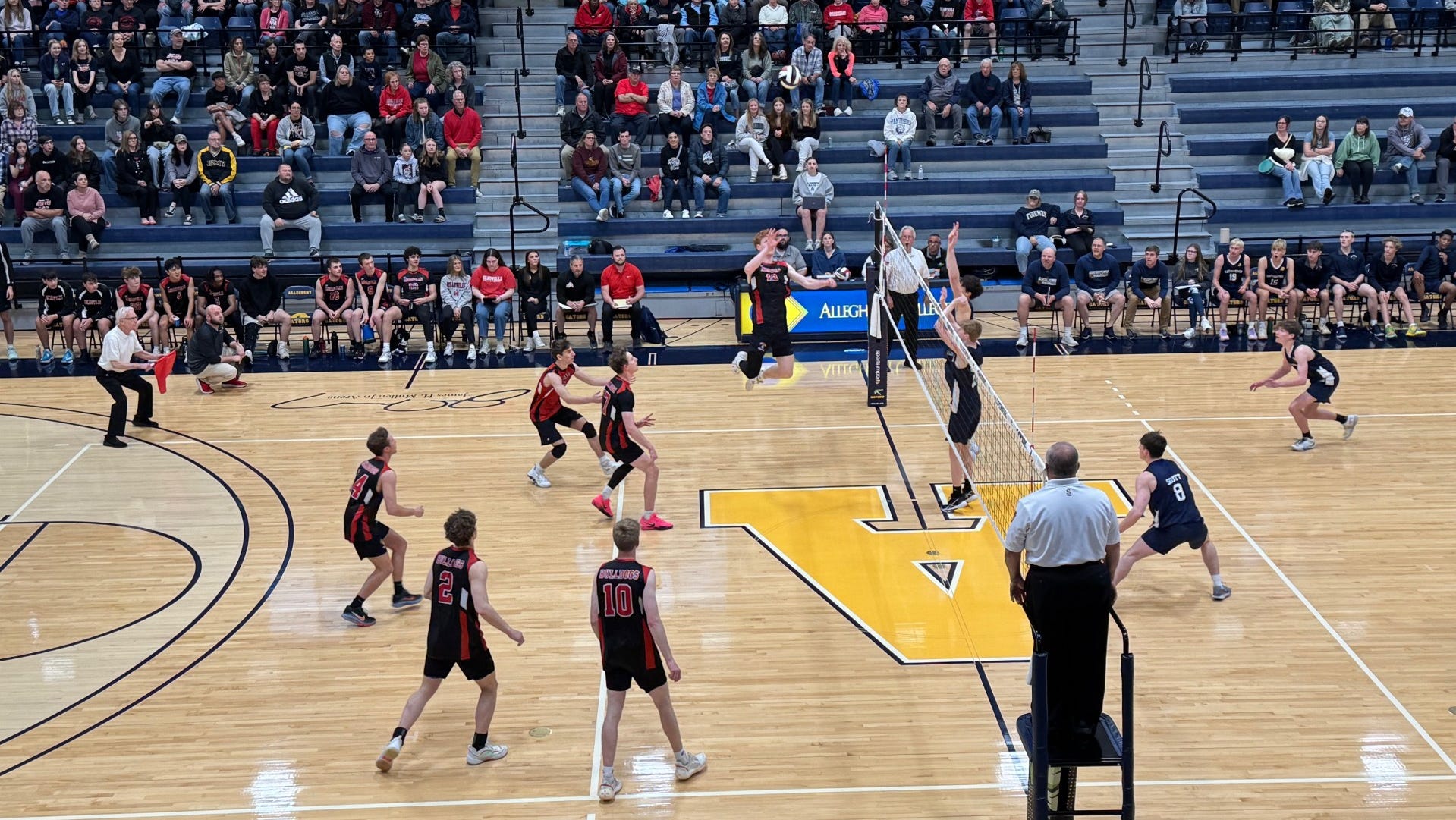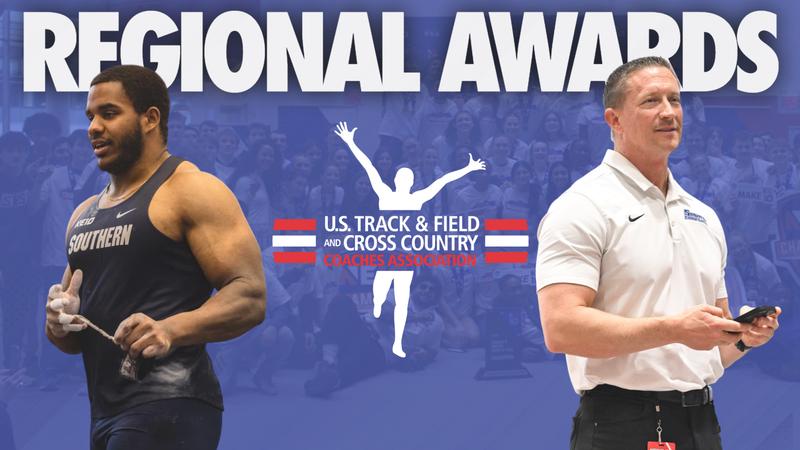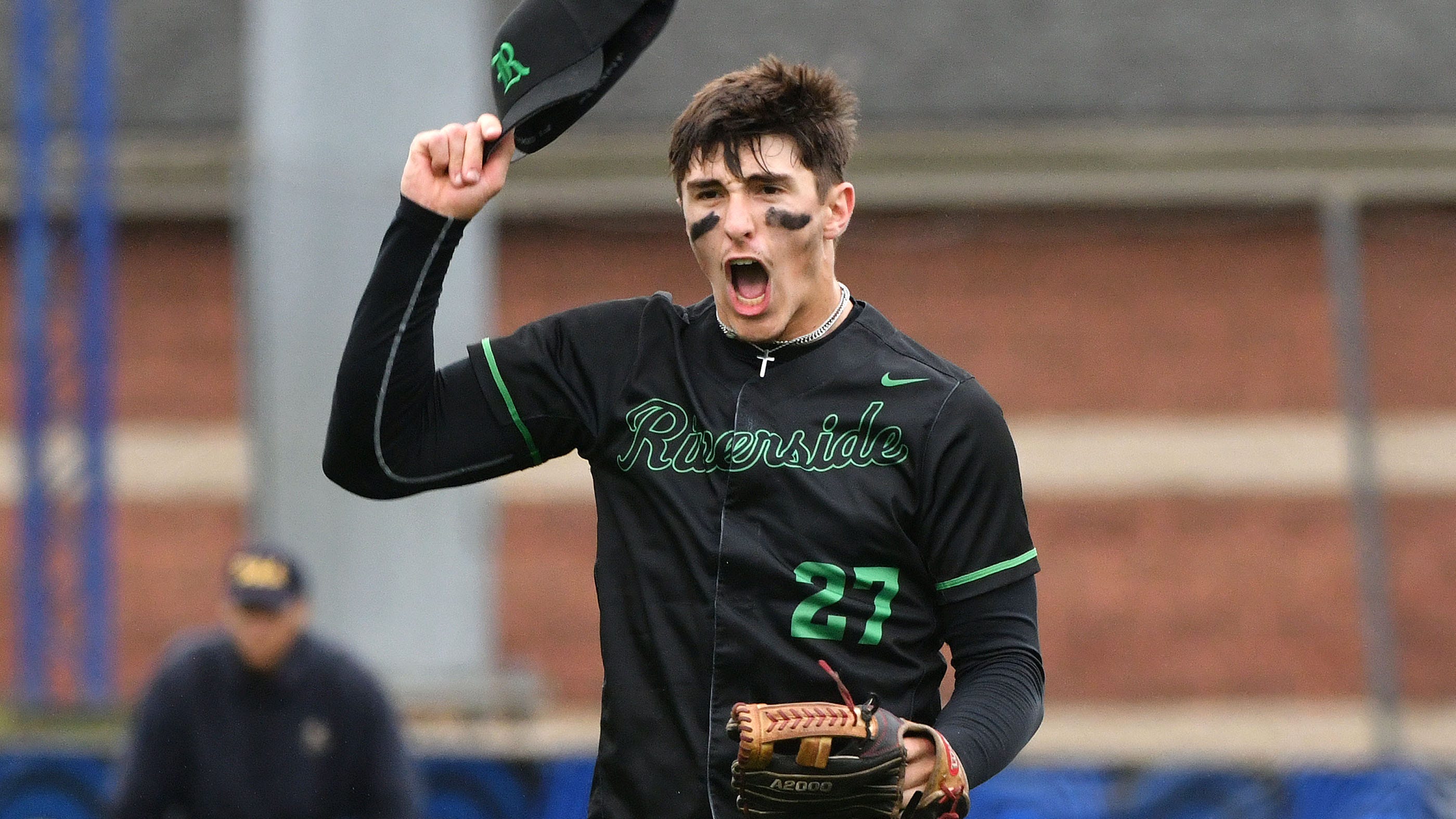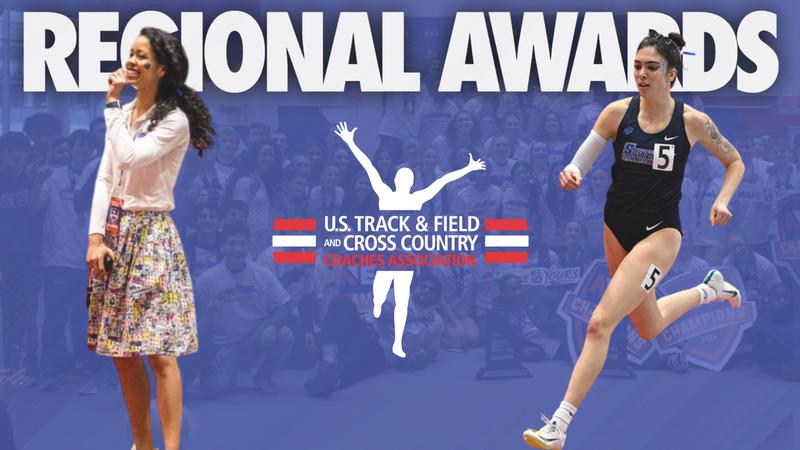
Until Saturday Newsletter  | This is The Athletic’s college football newsletter. Sign up here to receive Until Saturday directly in your inbox.
| This is The Athletic’s college football newsletter. Sign up here to receive Until Saturday directly in your inbox.
Today in college football news, the Mrs. and I have been rebuilding our CD collections from scratch … inspired by our kid, who’s started one of her own. CDs are so unbelievably back.
Dynasties: Oklahoma softball’s place in college history
Yesterday, one of the greatest dynasties in major college sports history saw the end of its current title streak, though we’ll let future seasons determine whether the dynasty itself has run its course.
In the Women’s College World Series semifinals, big-money upstart Texas Tech — which had never won even a conference title in this sport until this season — knocked off four-time reigning champion Oklahoma. On a walkoff, no less. Having spoiled what would have been the third rivalry finale in four years between OU and Texas, the Red Raiders will take the shot themselves. Still plenty of juice, though, since few schools hate Texas more than Tech does. (The best-of-three starts tomorrow night.)
With history’s longest softball title streak now officially dusted, where does it stand in college sports history? Well, since this is college sports, there are about a million ways to answer that. All according to the NCAA’s records:
- Among all Division I title streaks, the longest was Arkansas’ 12-year run in men’s indoor track and field, beginning in 1984.
- If we limit it to just DI team sports that draw big crowds (a la modern softball), it’s UCLA basketball hitting seven in a row from 1967 onward.
- Division I football’s best streak ever was — of course — North Dakota State’s five from 2011 through 2015. (The Bison might have since started yet another run, winning their 10th last season.)
- In FBS football, the answer would be … a big mess. The last widely recognized three-peat was 1930s Minnesota, while I’d argue the only consensus-ish streak of five belonged to 1880s Yale.
- If we include every sport in every level of the NCAA, then hang on to your freaking hats, because Ohio’s Kenyon College had the two longest ever: 31 and 17 in a row for its men’s and women’s swimming and diving programs, both lasting from the 1980s and into the 2000s.
- As for the longest current streak, it belongs to Middlebury College’s Division III field hockey campaign, now seven years strong. This is the Vermont school’s second Until Saturday mention in 2025. Just setting up shop around here.
Coach Patty Gasso’s softball Sooners didn’t put together a streak long enough to hurdle some of the biggest records in the books, but they also managed to challenge for a fifth straight title despite playing in The Portal And NIL Era. This season, their previous star Jordy Bahl was the DI Player of the Year for her home-state Huskers, and the Texas Tech team that finally took OU down was led by million-dollar ace NiJaree Canady.
(Nobody’s heart is breaking for any SEC power in any sport, but still. It’s reasonable to wonder whether staying on the very top is even harder now. Salute.)
Quick Snaps
 Frisbee emoji? No, it’s a blue chip, you see. Today, Grace Raynor ranks all 25 No. 1 recruits of the 2000s. I can stop selling this link now, because you’ve already clicked it.
Frisbee emoji? No, it’s a blue chip, you see. Today, Grace Raynor ranks all 25 No. 1 recruits of the 2000s. I can stop selling this link now, because you’ve already clicked it.
 Three days ago, it would’ve cost Bill Belichick $10 million to leave his job at North Carolina. As of this week, it’d cost just $1 million. Still hasn’t coached a game yet!
Three days ago, it would’ve cost Bill Belichick $10 million to leave his job at North Carolina. As of this week, it’d cost just $1 million. Still hasn’t coached a game yet!
 Jim Leavitt, USF’s founding coach who then led the Bulls to their momentary No. 2 ranking in 2007, left the program on very bad terms in 2010. He’s now joining the athletic department’s hall of fame, alongside late basketball coach Amir Abdur-Rahim.
Jim Leavitt, USF’s founding coach who then led the Bulls to their momentary No. 2 ranking in 2007, left the program on very bad terms in 2010. He’s now joining the athletic department’s hall of fame, alongside late basketball coach Amir Abdur-Rahim.
 Lots of slow starters in recruiting, like Alabama down at No. 45. Not without precedent at this point in the calendar, but still.
Lots of slow starters in recruiting, like Alabama down at No. 45. Not without precedent at this point in the calendar, but still.
- For teams looking to vault upward in the rankings, look to the hills of … Idaho? Averaging about one blue-chipper per year these days, plus three-stars drawing a lot more attention than they used to.
 “It’s little (stuff) like this. That’s not typical for 3. Watch 8. That’s the stuff I watch this game and go, hmmm … Why aren’t we playing as hard as we usually play? If this was Ohio State, Adon would knock the crap out of him.” — Marcus Freeman with Pete Sampson, explaining Notre Dame‘s loss to NIU while demonstrating how coaches watch film.
“It’s little (stuff) like this. That’s not typical for 3. Watch 8. That’s the stuff I watch this game and go, hmmm … Why aren’t we playing as hard as we usually play? If this was Ohio State, Adon would knock the crap out of him.” — Marcus Freeman with Pete Sampson, explaining Notre Dame‘s loss to NIU while demonstrating how coaches watch film.
We Meet Again: Why the Big Ten is into the auto-bids thing
As we talked about last week, the current “50 million automatic College Football Playoff bids for the Big Ten and SEC, plus scraps for the other powers” plan isn’t necessarily the SEC’s favorite.
As SEC commissioner Greg Sankey has noted, four auto-bids for his league in a 16-team field could actually decrease the SEC’s number of contestants. But … wouldn’t roughly the same be true for the Big Ten? In that case, why would the B1G want this at all?
As Scott Dochterman explains, it all goes back to the exact same thing the Big Ten has been yelling at the sky for nine years now: Its teams play one more conference game per year than the SEC’s or ACC’s do. Scott writes:
“Without uniform scheduling, Big Ten officials are concerned that an open (five automatic bids and 11 at-larges) plan would cause more schools to ease up on their nonconference slates rather than play other power-conference schools; one recently called it a ‘race to the bottom.’”
Hmm. In general, this version of college football’s eternal strength-of-schedule debate has been non-stop since the CFP era began, with everybody saying each offseason that SOS should matter more, but then nobody liking it once the season begins and a three-loss team ranks ahead of a two-loss team.
As for the perpetual Big Ten vs. SEC sub-debate, by any schedule-strength metric, Big Ten and SEC teams annually play schedules that are about as comparable overall as any you’ll find anywhere in such a sprawling sport.
- In the upcoming season, for instance, Team Rankings judges Texas and Ohio State as having the hardest slates. They even play each other. College Football News has Florida at No. 1, followed by Wisconsin. Bill Connelly’s rankings start with three SEC teams, likewise followed by Wisconsin. In ESPN’s, the easiest schedule in either league is Maryland’s at No. 61 out of 136.
- To be clear, this disparity does complicate things. Having a longer conference schedule automatically means a larger number of losses to distribute throughout league records, which can make the middle and bottom of that league look weaker than it is. (Then again, in certain years, it can artificially inflate the top.) Regardless, expanding to nine games was not something anyone else forced the Big Ten to do in 2016.
(As always, because it’s impossible to discuss any of this without hearing a specific charge: I’m not an SEC alum. I’m a Conference USA alum who was raised to root for an ACC rival of an SEC team. My list of annoyances with the SEC happens to not include this one, and nobody hoodwinked me into thinking that. I still love you.)
(Top photo: Sarah Phipps / The Oklahoman / USA TODAY NETWORK)




 | This is The Athletic’s college football newsletter. Sign up here to receive Until Saturday directly in your inbox. Today in college football news, the Mrs. and I have been rebuilding our CD collections from scratch … inspired by our kid, who’s started one of her own. CDs are so unbelievably back. […]
| This is The Athletic’s college football newsletter. Sign up here to receive Until Saturday directly in your inbox. Today in college football news, the Mrs. and I have been rebuilding our CD collections from scratch … inspired by our kid, who’s started one of her own. CDs are so unbelievably back. […]

 Frisbee emoji? No, it’s a blue chip, you see. Today, Grace Raynor ranks all 25 No. 1 recruits of the 2000s. I can stop selling this link now, because you’ve already clicked it.
Frisbee emoji? No, it’s a blue chip, you see. Today, Grace Raynor ranks all 25 No. 1 recruits of the 2000s. I can stop selling this link now, because you’ve already clicked it. Three days ago, it would’ve cost Bill Belichick $10 million to leave his job at North Carolina. As of this week, it’d cost just $1 million. Still hasn’t coached a game yet!
Three days ago, it would’ve cost Bill Belichick $10 million to leave his job at North Carolina. As of this week, it’d cost just $1 million. Still hasn’t coached a game yet! Jim Leavitt, USF’s founding coach who then led the Bulls to their momentary No. 2 ranking in 2007, left the program on very bad terms in 2010. He’s now joining the athletic department’s hall of fame, alongside late basketball coach Amir Abdur-Rahim.
Jim Leavitt, USF’s founding coach who then led the Bulls to their momentary No. 2 ranking in 2007, left the program on very bad terms in 2010. He’s now joining the athletic department’s hall of fame, alongside late basketball coach Amir Abdur-Rahim. Lots of slow starters in recruiting, like Alabama down at No. 45. Not without precedent at this point in the calendar, but still.
Lots of slow starters in recruiting, like Alabama down at No. 45. Not without precedent at this point in the calendar, but still. “It’s little (stuff) like this. That’s not typical for 3. Watch 8. That’s the stuff I watch this game and go, hmmm … Why aren’t we playing as hard as we usually play? If this was Ohio State, Adon would knock the crap out of him.” — Marcus Freeman with Pete Sampson, explaining Notre Dame‘s loss to NIU while demonstrating how coaches watch film.
“It’s little (stuff) like this. That’s not typical for 3. Watch 8. That’s the stuff I watch this game and go, hmmm … Why aren’t we playing as hard as we usually play? If this was Ohio State, Adon would knock the crap out of him.” — Marcus Freeman with Pete Sampson, explaining Notre Dame‘s loss to NIU while demonstrating how coaches watch film.





















































